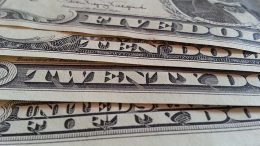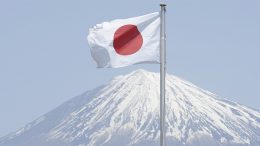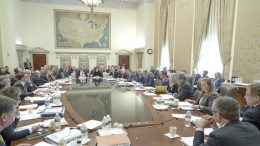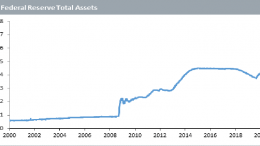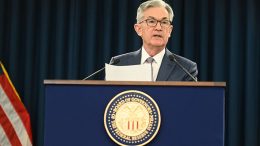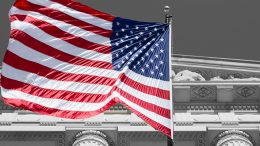The Weak Dollar: Why It Won’t Be Replaced As Global Reserve Currency
Arturo Bris via The Conversation | Stock markets have been very strange this year. For international investors in general, currency risk – above all the weakening of the US dollar – has become the most important financial risk of the year. For a European investor, for example, US markets have yielded about 5% in US dollar terms) in the first eight months of 2020. Translated back into euros, however, that return is 0.5% because of the depreciation of the US dollar over the past two months.

